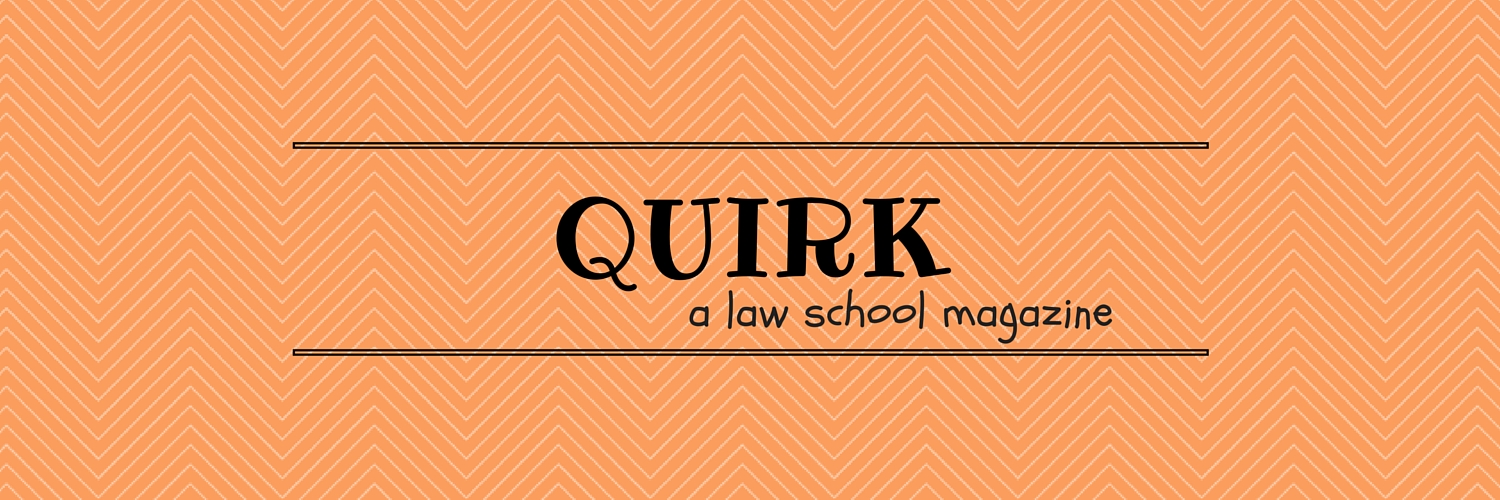This piece was written by Padmini Baruah (Batch of 2016).
Over the past two months, many incidents have brought to our notice the debate over the question of whether it is right to publicly name and shame the perpetrator of an instance of harassment, whether or not the victim has chosen to file a complaint. Let me disclose my own bias before I proceed further. My own personal encounter with this question, as some of the readers might be aware, stemmed from an instance of verbal sexual harassment I faced as a participant at the 55th Triannual public meeting of the Internet Corporation for Assigned Names and Numbers. In the absence of proper mechanisms for dealing with this kind of incident – to the extent that a global body of the stature of ICANN did not have a definition of what amounted to sexual harassment – I ultimately felt like my complaint was not being heard, and therefore in a final bid to ensure that the issue did not die down, I issued a public statement where I named the perpetrator at the outset. I was the complainant, and I had chosen to waive my confidentiality. To my bewilderment, this pushed me to the centre of a controversy that took a direction I had not been anticipating at all. I found myself the target of harsh criticism for breaching the confidentiality of the perpetrator. Men and women who had hitherto been on my side turned against me, and told me in no uncertain terms that the damage I had caused was not fixable. The focus of the issue shifted entirely from the pressing problem that I, as a female student from India, faced sexual harassment from Mr. Khaled Fattal (woops, named him again), the global chairman of the Multilingual Internet Group. Instead, I became the target of much flak because I had breached some abstract duty of confidentiality I apparently owed. I had to make it clear that because of the failure of the process to give me a satisfactory outcome, or indeed even a satisfactory hearing, I was constrained to call him out, as otherwise my case would have been shut without further analysis. The ICANN ombudsman had the dubious authority of investigating this case, and his final report shut down my case on grounds that confidentiality had been breached, and that somehow mysteriously tampers with the fairness of procedure. I appealed this decision, and that is where the matter stands.
After almost a month, I find myself witnessing a controversy of a similar nature with respect to the case of a certain faculty member who had allegedly directed sexist comments towards a student of the NLSIU community. In the media storm that erupted, he has been named in each and every report, kicking up the question of whether this is fair, whether this violates natural justice and the dignity of the professor in question, and whether he is entitled to his privacy pending investigation.
These two instances I have cited above depict two different scenarios. In the first, there was an acute lack of procedure, due to which the victim felt as though all channels of justice had been exhausted, and naming the perpetrator was the only route available to ensure that at least something would be done. In the second, the naming was not by the victim, but by some outraged member of the student community who perhaps believed that naming would be an effective way to ensure an adequate response from the authorities as well as have the effect of censuring the professor in question. In this light, I appreciate that it is difficult to achieve the balance between the rights of the accused and the freedom of expression of those who feel targeted by his alleged actions. There is no sole gold standard that can be achieved. Is it justified to expect someone who is a victim to stay silent if he or she feels that his or her case will fade away into oblivion in the event that it is not brought to public light? On the other hand, is it fair to expose the alleged perpetrator to a trial by public opinion, especially if that call has not been taken by the victim?
Confidentiality, as per our campus sexual harassment rules, is mandatory for all proceedings of harassment, and is a duty vested upon all parties to the proceeding. However, in the absence of initiation of proceedings – which is solely the victim’s call to take – or in the event that the procedures prove inadequate or unjust, what recourse does the victim have?
There can be divided opinion on the effectiveness of naming and shaming. On one hand, it does prove as an awareness raising mechanism, and in the event that all other remedies have failed, can often be the only tool that the victim has. It is certainly not an easy task to speak out about this, and the person who does name and shame often faces the backlash for it. On the other hand, however, it might seem like there is an unjust association now being made in the mind of the public about the alleged perpetrator, and there may not always be a forum for him or her to present his or her side of the story, especially if proceedings have not been initiated.
At the end of the day, this is a choice that has to be exercised with caution. If there is an investigation underway, it is wiser to respect the process – but only until the victim does not feel as if the process is failing him or her. In the event that there is no investigation, again, naming and shaming can be used as a deterrence tool, but those who do name and shame must be prepared to justify their need for doing so, with sound reason and logic, and also be prepared to respond to possible counter statements on the part of the alleged perpetrator. At the end of the day, the real question is one of how best to attain justice in the least painful and most effective way possible. In my personal opinion, only if there is truly no other recourse that appears meaningful to those who have been affected, should this be resorted to, lest we get caught up in a campaign of demonizing, which can often detract from the focus of the problem.
All agreements and disagreements with this piece are welcome. Write back at [email protected].
The featured image has been taken from Hatecopy.


Comments